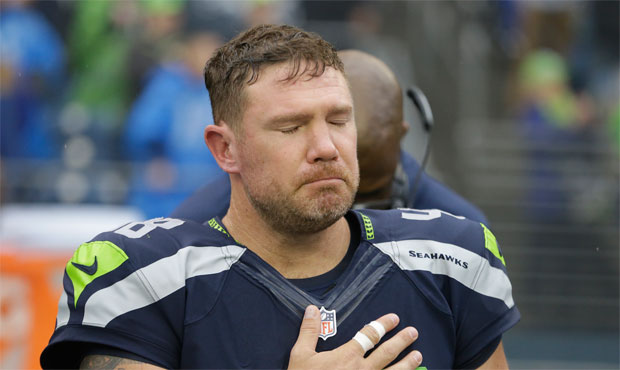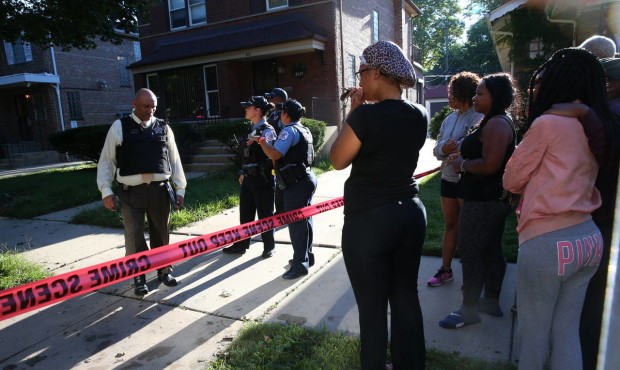Tom Tangney
Star Wars: The next generation
 A fans dressed in costume poses as he waits for the morning screening of "Star Wars: The Force Awakens." (AP)
A fans dressed in costume poses as he waits for the morning screening of "Star Wars: The Force Awakens." (AP)
For the first two-thirds of “Star Wars: The Force Awakens,” this new Star Wars film is pretty inconsequential.
There are lots of CGI battles in space, along with stormtroopers, lightsabers, and plenty of old (and yes, I mean literally old) faces, such as Harrison Ford’s Han Solo and Carrie Fisher’s Princess Leia mixed in with new, younger characters. And of course, the “Force” is invoked time and time again.
But it’s all relatively light and fluffy entertainment, at least until late in the film when it finally taps into the dramatic heart of the Star Wars epic – the tricky and loaded relationship between father and son, or more broadly, between parent and child as that child matures into adulthood.
Related: Fans, stars celebrate the premiere of “Star Wars: The Force Awakens”
There’s little doubt the most potent scene in the entire Star Wars output is Darth Vader’s revelation (in “The Empire Strikes Back”) that he is indeed (spoiler alert?) the father of our hero-in-training, Luke Skywalker. This tug-of-war dynamic between father and son is then played out in dramatic fashion in “Return of the Jedi,” with the deadliest of consequences.
Fittingly, because that “Return of the Jedi” movie is Episode VI of the Star Wars saga, and “The Force Awakens” is Episode VII, the interplay between father and son eventually takes center stage in this newest film as well. But because Episode VII is set 30 years after VI, this is a very different father and a very different son.
I don’t want to reveal too much, so let me just say that when this father and this son finally do meet face to face it matches the dramatic intensity of Darth Vader’s admission to Luke in the original trilogy. And it’s that intensity that rescues this movie from being just a peppy update of a nearly 40-year-old classic.
I suspect that for most Star Wars fans a peppy update would be just fine. After the dreariness of the prequel trilogy a decade ago, a Star Wars movie with a pulse would seem an improvement. And there’s plenty of propulsion in “The Force Awakens.”
Warning: Potential spoilers ahead
The film begins with that classic text scroll, which explains that Princess Leia has now become general of the rebel forces and that Jedi Luke Skywalker has gone missing. In Leia’s effort to both defeat the new reigning evil power called the First Order and find her lost brother, she dispatches her best pilot to an obscure planet to obtain a crucial clue.
On this planet we’re introduced to two fresh-faced heroes, Rey, a plucky female scavenger, and Finn, a Stormtrooper deserter. These two join forces with a charming droid, and a few other familiar and not-so familiar faces, to face down the First Order, and confront one very particular new villain who has a propensity to dress like Darth Vader.
There are so many references to, and reminders of, earlier Star Wars films that at times make it feel like a greatest hits reel or a reunion show. But by focusing most of his attention on the new characters, and investing old themes with new and even richer resonances director J.J. Abrams successfully overcomes the worst traps of franchise redundancy.
All the world knows that there are two more movies to go before George Lucas’s nine-part plot is complete. But the classy end of “The Force Awakens” manages to satisfy our need for some closure and, at the same time, keep the doors of possibility wide open.
Don’t be surprised if the issue of parentage arises yet again.





































Comments